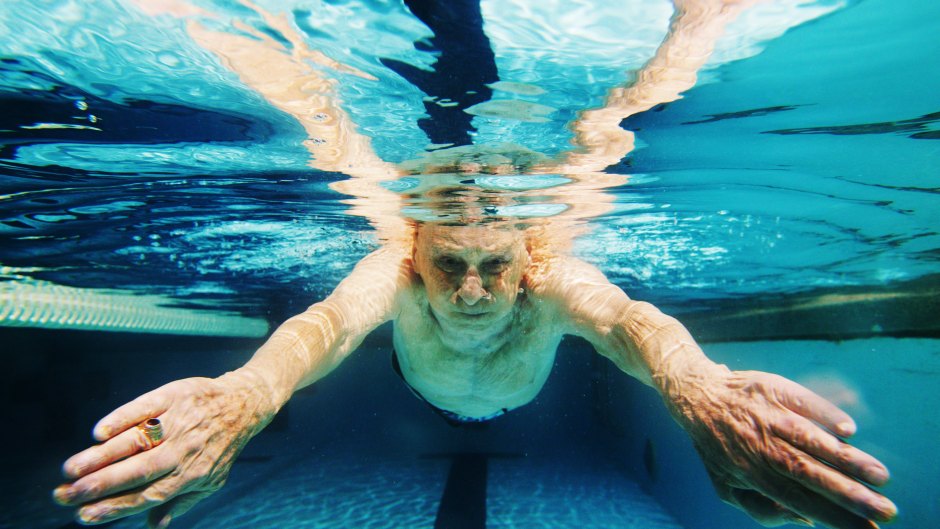
Getty
5 Easy Exercises to Slow Aging: How Tai Chi, Walking and Other Activities Can Keep You Youthful
RESISTANCE RESILIENCE From working with weights to doing planks, push-ups and squats, resistance training can slow down aging by maintaining muscle strength and lowering susceptibility to disease. “[It’s] the most important form of training for overall health and wellness,” insists Brad Schoenfeld, a professor of exercise science at NYC’s Lehman College.
TAKE A SWIM Benefiting such age markers as muscle mass and lung function, swimming “is a kind of bulwark against illness and aging,” says Bonnie Tsui, author of Why We Swim. “[And it’s] the rare sport that you can keep doing, and do well, deep into your later years.”
WALK IT OFF Low-intensity exercise, such as walking, has anti- aging effects and helps prevent age-related disease because, as the Mayo Clinic points out, it can “manage various conditions; improve cardiovascular fitness and strengthen your immune system, bones and muscles.”
JUMP TO IT According to Dr. Madeleine Hackney of Emory University School of Medicine, dancing, especially ballet, can help stave off the effects of aging by helping with flexibility and core strength. Plus, with ballet, “we jump in the air, we rise all the way up on our toes, we lower all the way down as far as we can. It’s that whole range of what the human body can do.”
TAI CHI TIES Increasing blood flow, preserving muscle and reducing stress, the Chinese martial art offers many benefits against aging. And, says Dr. I-Min Lee of Harvard Medical School, it’s “particularly good for older people because balance is an important component of fitness, and balance is something we lose as [we age].”






































